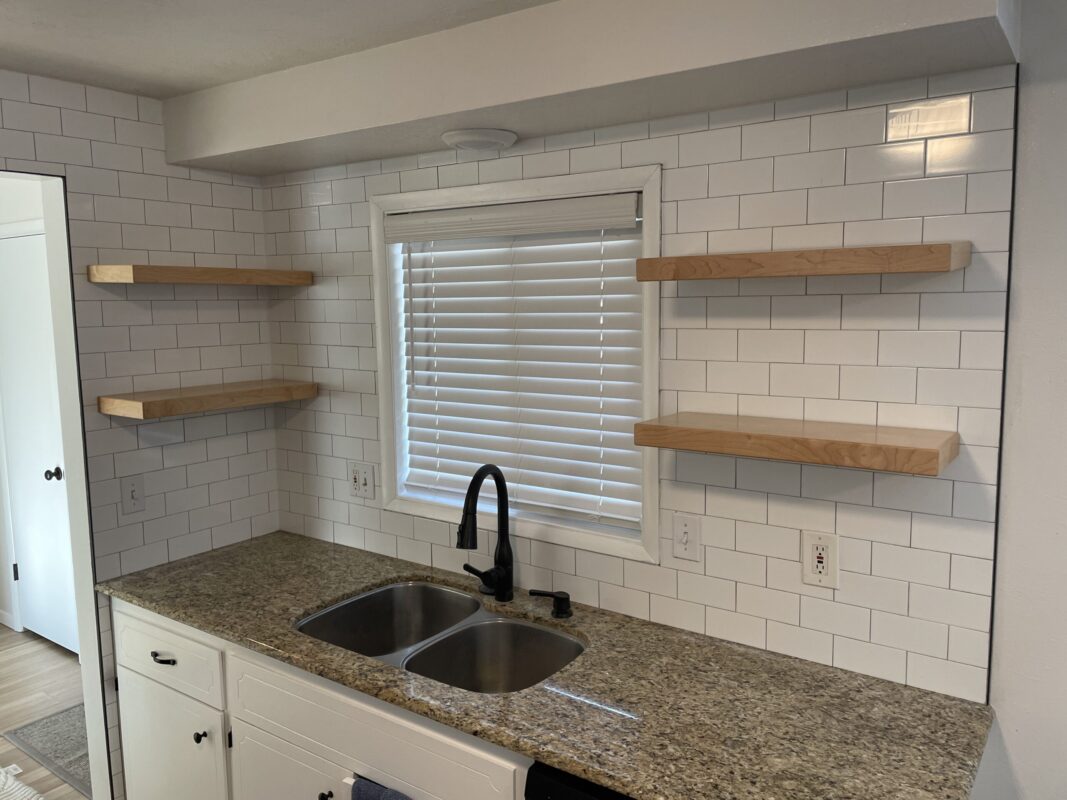
Bracket Installation and Maintenance Tips!
Brackets play a crucial role in supporting various structures such as shelves and countertops. However, it is essential to prioritize safety when installing and utilizing brackets to prevent accidents and ensure long-term stability. In this blog post, we will emphasize the significance of correctly installing and using brackets, provide a guide for installation, and offer maintenance tips and best practices for maximizing their lifespan and functionality.
Importance of Proper Installation
Proper installation of brackets is vital for maintaining structural integrity and preventing accidents. Whether it’s steel shelving brackets, countertop brackets, custom brackets, or specialty truck brackets, following manufacturer instructions is crucial. Here’s why:
- Stability and Load-Bearing Capacity: Brackets are designed to support specific loads, and proper installation ensures they can bear the weight effectively. Incorrect installation may compromise stability, leading to bracket failure and potential damage or injury.
- Structural Integrity: Brackets provide support to the structures they are attached to, such as shelves, countertops, or trucks. A correctly installed bracket ensures that the overall structure remains sturdy and safe.
- Accident Prevention: Poorly installed brackets may detach or fail under load, leading to accidents and injuries. By following proper installation techniques, you minimize the risk of accidents caused by fastener, structural, or bracket failure.
Guide for Bracket Installation
While specific installation instructions may vary depending on the bracket type and manufacturer, the following general steps will help ensure a safe and secure installation:
- Gather the Required Tools: Before starting the installation, make sure you have the necessary tools, such as a drill, screws, measuring tape, level, and a wrench or screwdriver. Using the right tools will ensure proper attachment and minimize the risk of damage.
- Locate your studs: Before drilling into your wall or confirming where you want to place your shelf make sure you know where your studs are! We always recommend using a stud finder to ensure you are locating them correctly and to help confirm the spacing. Note, that if you cannot find a stud for each mounting point of the bracket, drywall screws can be used, but will not be as strong or provide the same weight capacity.
- Measure and Mark: Accurate measurements are crucial for proper bracket placement. Use a measuring tape to determine the appropriate position for the bracket. Mark the stud drilling points with a pencil or marker.
- Pre-Drilling: For certain brackets, it may be necessary to pre-drill pilot holes to prevent wood or other materials from splitting. Follow the fastener manufacturers instructions for the importance of pilot holes or not given the size of the fastener.
- Attach the Bracket: Align the bracket with the pre-marked positions and secure it in place using screws of the recommended sizes. Ensure a snug fit, but avoid overtightening, which could damage the bracket or the wall.
- Check for Levelness: Use a level to verify that the bracket is straight and level. Adjust if necessary to ensure stability and prevent any tilting or imbalance.
- Test Load-Bearing Capacity: Once the bracket is installed, conduct a test to determine its load-bearing capacity. Gradually apply weight or pressure within the specified limits to ensure the bracket can handle the intended load.
Maintenance Tips and Best Practices
Proper maintenance can significantly extend the lifespan and functionality of brackets. Consider the following tips:
- Regular Inspection: Periodically inspect brackets to check for signs of damage, such as cracks, rust, or loose connections. Replace any damaged brackets promptly to maintain structural integrity.
- Cleaning and Lubrication: Clean brackets regularly to remove dirt, dust, and debris that can accumulate over time.
- Follow Weight Limits: Respect the recommended weight limits specified by the manufacturer for each bracket. Overloading the brackets can compromise their structural integrity and lead to failure.
- Reevaluate Over Time: As needs and usage patterns change, periodically reassess the brackets’ suitability for the intended purpose. Consider adjusting if your expected use changes and you need more or less support.
When it comes to installing and using brackets, safety should be the utmost priority. Proper installation techniques, adherence to manufacturer instructions, and regular maintenance are crucial for preventing accidents and ensuring the long-term stability of brackets and what they support. By following the guide and implementing the maintenance tips outlined in this blog post, you can maximize the lifespan and functionality of your brackets while ensuring the safety of yourself and others. Remember, safety should always come first when dealing with brackets and any other structural components. We emphasize over engineering your projects as opposed to simply trying to meet the requirements.


